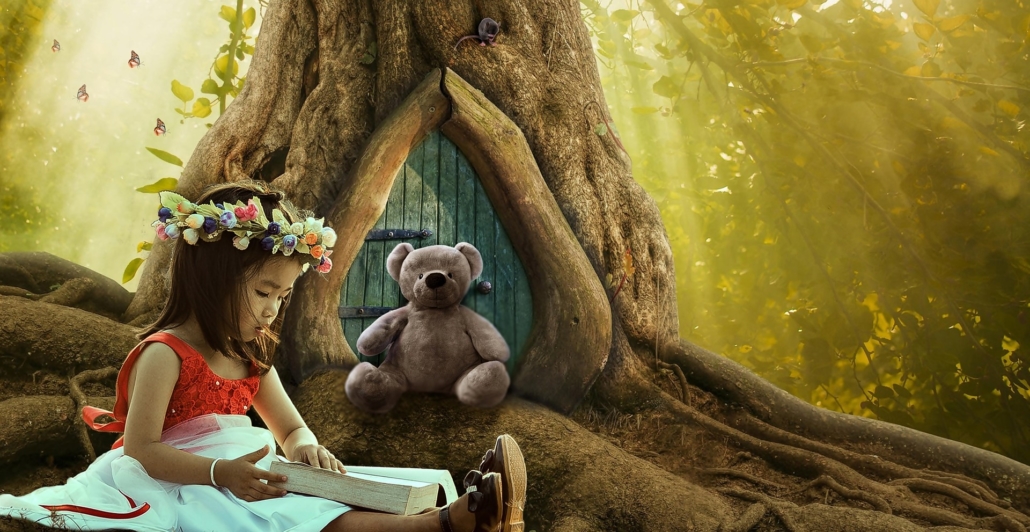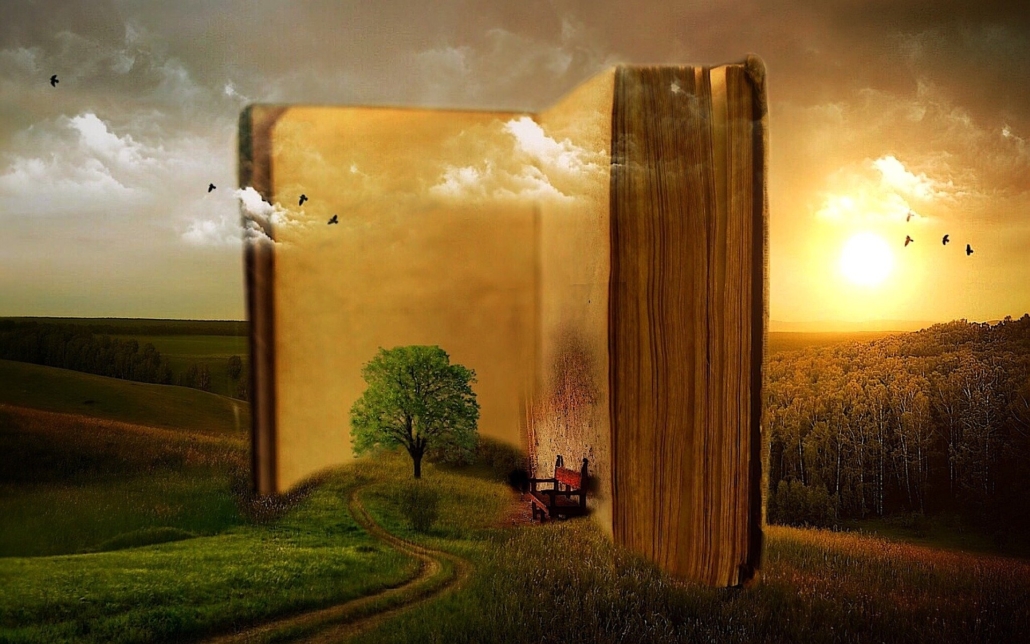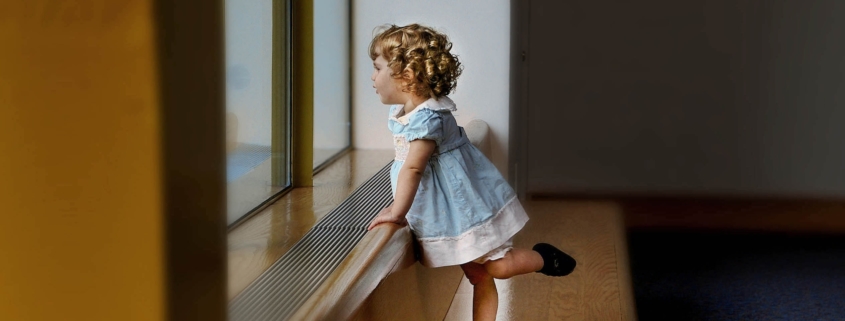What age are picture books for?
User Review
( votes)Picture books tell stories mainly through pictures. Hence the name. This type of book is particularly easy to read and aims at the younger generations. If you’d like a detailed look into the difference between picture books and easy to read books, here’s an article that will help you. So we know what picture books are and that they are made mainly for children. But what age are picture books for? After all, we all look to find the best suitable toys and education games for our little ones. That also means thinking about the appropriate age. So let’s have a look at this question to find out what age are picture books for.

-
Text to picture ratio
Obviously, the littlest humans can’t ready yet. Still, even the picture books for the youngest ages typically combine text and pictures. That’s because they are meant to introduce the concept of story time and reading. While the parent reads the words, the child can look at the pictures. With time, they learn that there is a relationship between what is read and what the pictures show. Picture books for the littlest children (babies and toddlers up to the age of two) are usually mainly reliant on the picture and offer only one or two simple sentences per page. The next stage of picture book uses rhymes and short stories while most or all of the page is covered in a big picture showing a detailed picture with many scenes or simply what is happening in the text. Of course, there is no specific rule that says how old a child needs to be to have a book with more or mostly text. But as an indication, children up to the age of around five usually have picture books in which the picture is most important. Children older than five or six tend to focus more on the text. Of course, they don’t read it themselves, but they can follow the story line now and really appreciate story time, especially before going to bed. Finally, let’s not forget comic books. There really is no age limit for those and there is by far less text than there are pictures.
-
Page thickness
The younger the child, the thicker and sturdier the pages of the picture books should be. After all, toddlers have little to no fine motor skills and can’t handle a book with enough care to ensure they don’t rip it apart. If you hand your favourite novel to your baby, chances are it will be in shreds within minutes. That’s exactly why picture books for toddlers are designed with cardboard pages and a sturdy binding. The little ones can explore their contents at their own pace without adult supervision. They can – and will – also put these books into their mouths. While there are many picture books of this kind for toddlers up to the age of around two, there are also special photo books you can make yourself. These are made of particularly sturdy and water-resistant materials to ensure the little ones can enjoy them for a long, long time.

Picture books for little children become more and more little the books we ourselves know and love. The paper becomes thinner, but is usually still quote robust. Children up to the ages of five to seven enjoy little pocket books with stories of their favourite cartoons.
Probably up to the age of eleven or twelve, picture books are a very popular choice. Their pages become thinner and thinner and resemble regular book paper more and more.
-
Topic
Contrary to popular belief, practically any topic at all can be for toddlers as well as adults. It is the way it is presented that really counts. There are even books like “Electro magnetism for babies” which literally explain electro magnetism in such simplicity that you would think a baby understands it with pictures to support the few words used. However, as a rule of thumb, most books for the smaller humans among us will deal with topics and concepts like kindness, animals, fears, or magic. Even at an age where the little ones can barely understand what you say or read to them, the books mostly contain fables and fairy tales aimed at teaching some moral or making the parents laugh. As the children grow, the focus on these morals becomes stronger. The children learn about kindness, compassion, sharing, and so on through the words and pictures in the picture books. Of course, they also learn the words associated to specific items, people, or animals. This is the case up to an age of about ten or eleven. At this point, picture books become less and less about the pictures and the topics diversify greatly.

So what age are picture books for? Well, to put it quite simply, they are typically for children up to the age of around eleven. That’s when the little ones can read and understand books that are mostly text-based on their own and the pictures become less and less important. But before the age of eleven, there are many different types of picture books which makes it less straight-forward to answer the question “what age are picture books for”. However, we hope to have helped you get a good understanding of the different types of picture books for various ages.



